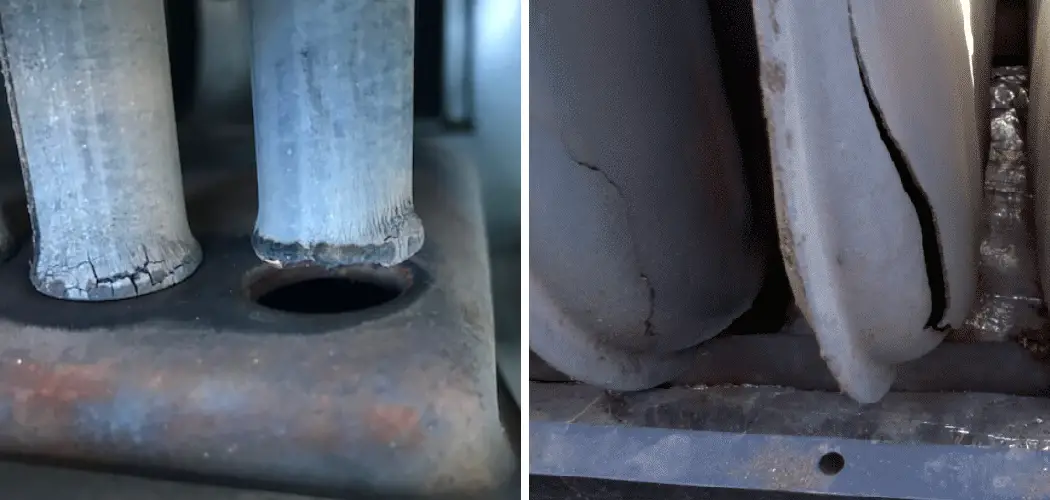Are you dealing with a cracked furnace heat exchanger? This repair job can be tricky and requires the help of an experienced professional. Before you get started, it’s important to understand exactly what needs to be done to properly fix the problem. In this article, we will discuss how to fix a cracked furnace heat exchanger, as well as the potential dangers associated with not fixing the issue.
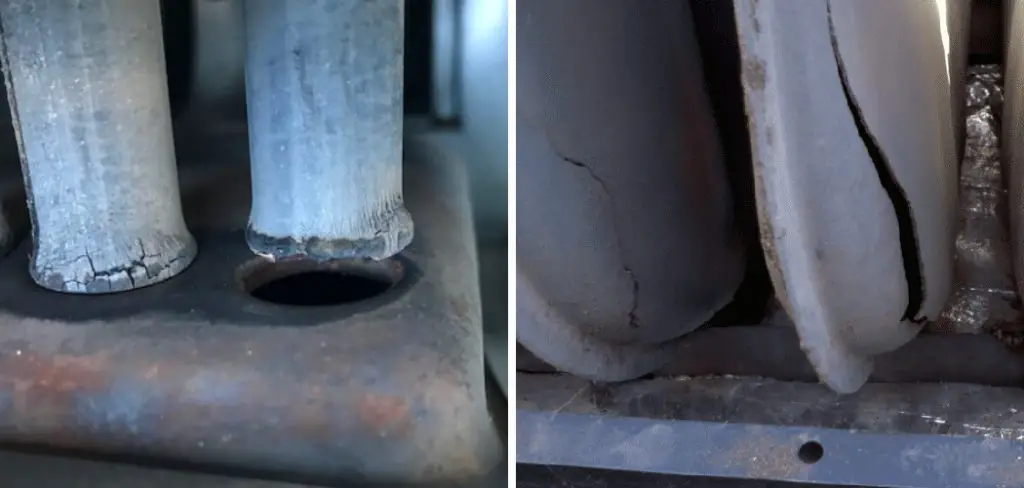
If you have a cracked furnace heat exchanger, then it’s time to fix the problem. A cracked heat exchanger can lead to carbon monoxide leaks and other dangerous side effects so it must be done as soon as possible. Fortunately, fixing a cracked furnace heat exchanger is relatively straightforward and involves replacing the entire unit.
In this article, we will explain the steps you need to take in order to successfully fix a cracked furnace heat exchanger. Read on for more information.
What Causes Cracked Furnace Heat Exchanger?
1. Improper Installation
If the furnace is not installed properly, it may put stress on the heat exchanger which can lead to cracks over time. This can also occur if the furnace is not properly supported or fastened to the floor.
2. Age and Wear and Tear
Heat exchangers can weaken over time due to regular use, so if you have an older model furnace it may be more likely to crack than a newer one. Also, if the furnace is used more regularly than recommended it could also cause cracks due to excessive heat.
3. Poor Ventilation
If your ventilation system is inadequate or not up to code, there may not be enough airflow for the furnace to operate safely. This can lead to overheating which can put too much stress on the heat exchanger and cause it to crack.
4. Corrosion
If the furnace is not properly maintained, corrosion can build up on the heat exchanger which can weaken it and lead to cracks over time. It is important to have your furnace serviced regularly in order to prevent this from happening.
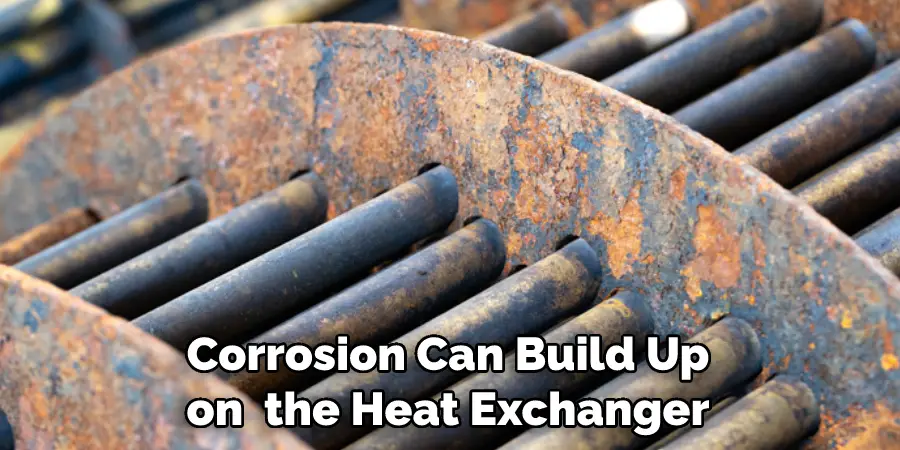
5. Heat Cycles
When a furnace is constantly switching from heating to cooling and back again, it puts extra stress on the heat exchanger which could cause cracking or other damages. Also, if the thermostat settings are incorrect it could cause the furnace to cycle too often and lead to cracks in the heat exchanger.
Why is It Important to Fix a Cracked Furnace Heat Exchanger?
1. To Prevent Carbon Monoxide Poisoning
Furnaces typically burn natural gas or heating oil, which can produce dangerous carbon monoxide gas. A cracked heat exchanger allows the toxic gas to leak into your home’s air supply, where it can cause serious health problems and even death if left unchecked.
2. To Prevent Further Damage to Your HVAC System
A cracked heat exchanger will not only reduce the efficiency of your furnace and cause it to use more energy but can also lead to further damage if it is not replaced or repaired. Left unchecked, a cracked heat exchanger can cause adjacent components in your HVAC system to break down, including the ignition system and compressor.
3. It Is Cost Effective
If you have a cracked furnace heat exchanger, it is important to fix it as soon as possible. A quick repair or replacement can save you from costly repairs and replacement parts in the future. Additionally, fixing your heat exchanger will help your HVAC system run more efficiently and reduce energy use, resulting in lower energy bills.
In order to ensure your furnace is operating safely and efficiently, it is essential to fix a cracked heat exchanger as soon as possible. If you suspect that your system has a cracked heat exchanger, contact an experienced HVAC technician for a thorough inspection.
How to Fix a Cracked Furnace Heat Exchanger in 5 Easy Steps
Now that we know what causes cracked furnace heat exchangers, let’s look at how to fix them. Depending on the severity of the crack, there may be several options available for repairing it.
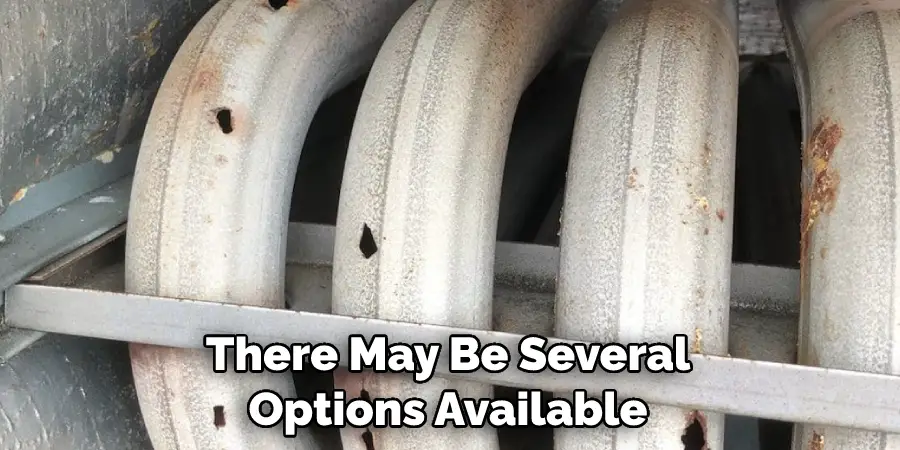
Step 1: Identify the Location of the Crack:
Inspecting a furnace heat exchanger requires special tools and protective gear, as it can be extremely dangerous to work in this area without taking appropriate safety precautions. It’s important to identify the exact location of the crack in order to determine the best way to fix it.
Step 2: Choose a Repair Method:
Once you’ve identified where the crack is located, it’s time to decide on a repair method. If the crack is small, you may be able to use epoxy or solder to patch up the area and seal off any gas leaks. However, if the crack is larger and more severe, you may need to replace the entire heat exchanger or a section of it.
Step 3: Prepare for Repair:
Before attempting any repairs, it’s important to turn off all power and gas lines leading to the furnace. This will ensure your safety during the repair process.
Step 4: Perform the Repair:
Depending on your chosen repair method, this will involve soldering or epoxying the crack closed. If you’re replacing a section of the heat exchanger, you will need to properly secure it in place and make sure all connections are tight and secure before turning back on the gas and power lines.
Step 5: Test the Furnace:
Finally, once your repair is complete, it’s important to test the furnace to make sure it is working properly. This can be done by turning on the furnace and checking for any potential gas or air leaks. If everything appears to be working correctly, you can turn off the power and gas lines and consider your repair a success!
Fixing a cracked furnace heat exchanger is not an easy task, but if done correctly it can be quite rewarding. With these five steps, you’ll be able to assess the damage, choose a repair method, prepare for repairs, perform the repairs, and test the furnace to make sure everything is in working order.
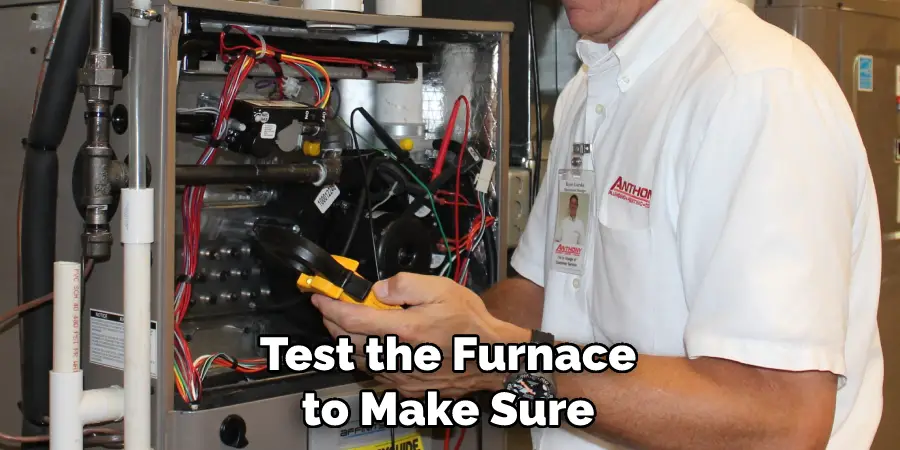
With a little bit of patience and attention to detail, you can have your furnace back up and running in no time!
Some Additional Tips to Fix a Cracked Furnace Heat Exchanger
1. Do Not Attempt Repairs Yourself
It is important to contact a professional HVAC contractor when dealing with the furnace heat exchanger. A qualified technician can properly diagnose and fix any issue you may have quickly and safely, preventing potential hazards caused by DIY repairs.
2. Check Your Warranty
Many manufacturers provide warranties on their products and this includes your furnace heat exchanger. If your heat exchanger is still covered under warranty, contact the manufacturer to find out more about filing a claim and getting it fixed for free.
3. Replace the Heat Exchanger
In some cases, it may be necessary to completely replace the heat exchanger if it has been cracked or damaged beyond repair. This is often the safest and most cost-effective solution, as attempting to repair a cracked heat exchanger could result in additional complications.
4. Have Your Furnace Inspected Regularly
To prevent issues with your furnace heat exchanger in the future, it is important to have your furnace inspected on a regular basis. This can help identify any potential problems before they become major issues, saving you time and money in the long run.
Following these tips can help ensure that your furnace heat exchanger is properly taken care of and any potential problems are addressed quickly and efficiently. If you ever suspect an issue with your heat exchanger, contact a qualified HVAC technician right away to assess the situation and take the appropriate actions.

Doing so can help keep your home safe and your heating system functioning properly. By taking the proper steps to maintain and repair your furnace heat exchanger, you can help extend its lifespan and reduce energy costs. With regular maintenance and care, you can enjoy a safe and reliable heating system for years to come.
Frequently Asked Questions
What Precautions Should I Take Before Fixing a Cracked Furnace Heat Exchanger?
Before attempting to fix a cracked furnace heat exchanger, it is important to take certain safety precautions. First, make sure that the area is well-ventilated and that the gas and electricity are turned off for the furnace. This will prevent any potential fires or electrical shocks from occurring during the repair process.
Additionally, wear protective gear appropriate for working with hazardous materials and it is important to consult a professional if you are unsure about the repair process. Finally, make sure to dispose of any debris or waste products from the furnace in an environmentally friendly manner.
What Tools Do I Need to Fix a Cracked Furnace Heat Exchanger?
The tools you need for fixing a cracked furnace heat exchanger depend on the severity of the damage. If you are dealing with a minor crack, a simple screwdriver or pliers may be all that is needed. However, if the crack is severe, more advanced tools such as sealants and soldering kits may be necessary.
Additionally, depending on your furnace model, some specialized parts may need to be purchased in order to complete the repair.
How Long Does It Take to Fix a Cracked Furnace Heat Exchanger?
The amount of time it takes to fix a cracked furnace heat exchanger depends on the type and severity of the damage. If you are dealing with minor cracks or loose parts, the repairs should not take longer than an hour or two. However, if the crack is more severe, the repairs may take several hours to complete and may require specialized parts or tools.
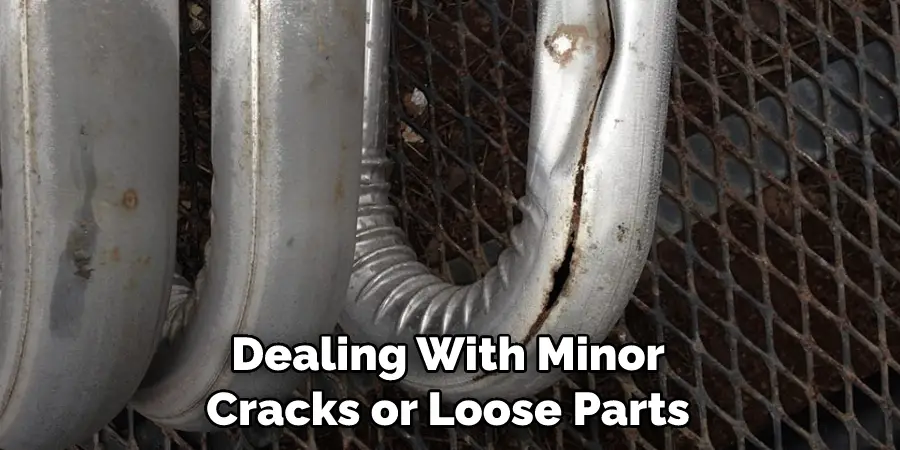
Additionally, the time it takes to order these parts and tools can also contribute to the overall repair time.
What Are Some Alternatives To Fixing a Cracked Furnace Heat Exchanger?
If the damage to a furnace heat exchanger is too severe, it may be necessary to consider alternatives such as replacing the entire unit. This can be a more expensive option than repair, but it may be necessary in certain situations.
Additionally, if you choose to replace your furnace rather than repair it, make sure that you purchase an energy-efficient model in order to save money on your energy bills in the long run.
What Are the Benefits of Fixing a Cracked Furnace Heat Exchanger?
Fixing a cracked furnace heat exchanger can have several benefits. First, it can restore efficiency and performance to your heating system. Additionally, by repairing rather than replacing your furnace, you can save time and money. Finally, fixing a cracked heat exchanger can prevent further damage from occurring to the system, potentially reducing the cost of future repairs.
What Are Some Tips for Fixing a Cracked Furnace Heat Exchanger?
When attempting to fix a cracked furnace heat exchanger, make sure that you have the right tools and materials on hand. Additionally, it is important to read any instructions or safety guidelines that come with your furnace before beginning the repairs.
Finally, if you are feeling overwhelmed or uncertain about fixing a cracked heat exchanger yourself, do not be afraid to consult a professional for guidance. This can help ensure that the repairs are done safely and correctly, preventing any further damage to your furnace.
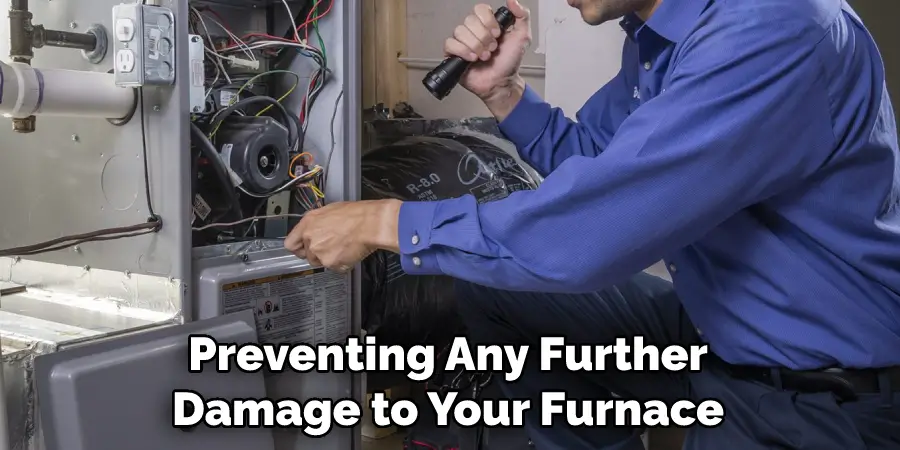
Conclusion
Now you know how to fix a cracked furnace heat exchanger. By properly identifying the problem, and then following these steps, you can get your furnace back up and running in no time. Remember to always take safety precautions when dealing with an electrical system and make sure to contact a professional if you’re unsure of what to do.
With the right knowledge and tools, you can safely repair a cracked furnace heat exchanger and restore your furnace to working order. Be sure to read all safety instructions before you begin any repair process. It’s also important to follow all local codes and regulations when dealing with any type of electrical equipment. If in doubt, call a licensed professional for assistance.

